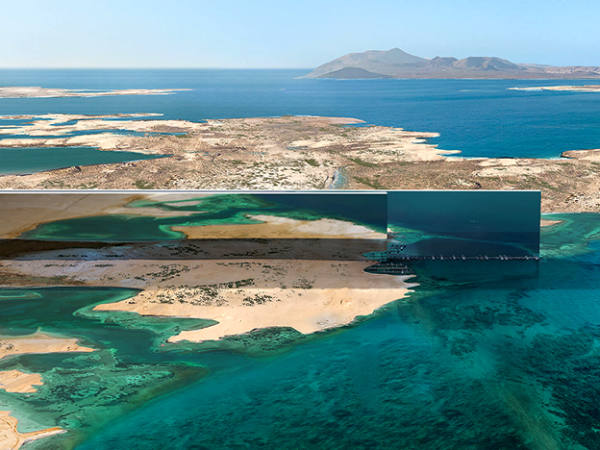BULL POINTS:
■ Planting underway in Malaysia
■ Over £5 per share of underlying value
■ Long-term fundamentals for palm oil strong
BEAR POINTS:
■ Short-term fluctuations in palm oil price
■ May need more equity
Asian Plantations is in the early stages of developing palm oil plantations in the east Malaysian province of Sarawak. Under a management team of experienced palm plantation developers, Asian Plantations has 15,000 hectares of land being prepared and planted with oil palm, with expectations that it will add to this acreage before too long.
But even though Asian Plantations' (APL) share price rose strongly last year, driven by the buoyant price of crude palm oil, the shares still look badly undervalued as there is a strong case for saying they will be worth over £5 each in a few years.
APL's acreage is in three plantations, which are close enough to share processing and transport facilities and are within 50 miles of a deep water port at Bintulu, which exports most of Sarawak's palm-oil production. Each plantation is roughly the same size and the first, BJ Corporation, began planting in 2009 and is expected to be complete by the end of this year. Following this, the Incosetia Estate will be complete by the end of 2012 and Fortune a year later.
The total cost of planting is expected to be around $100m (£65m), with much of the finance coming from local sources. Because of the hefty capital outlay, APL is likely to carry significant debt for several years - peaking at $94m in 2013 - before generating sufficient cash to start paying it down. Management reckons there will be no need to raise more equity to plant out its land, although it is negotiating the purchase of a further 8,000 hectares of undeveloped land. However, according to analysts at broker Panmure Gordon, the new land could cost up to $18.5m, part of which may need to be financed by new equity.
| ORD PRICE: | 203p | MARKET VALUE: | £67.9m | |
| TOUCH: | 193-203p | 12-MONTH HIGH/LOW: | 203p | 79p |
| DIVIDEND YIELD: | NIL | PE RATIO: | na | |
| NET ASSET VALUE: | 26p | NET DEBT | 203% | |
| Year to 31 Dec | Turnover ($m) | Pre-tax profit ($m) | Earnings per share (¢) | Dividend per share (¢) |
|---|---|---|---|---|
| 2008 | 0.0 | -0.4 | -2.0 | nil |
| 2009 | 0.0 | -1.4 | -6.8 | nil |
| 2010* | 0.5 | -0.8 | -7.8 | nil |
| 2011* | 0.9 | -0.7 | -10.4 | nil |
| 2012* | 4.4 | 1.1 | -9.5 | nil |
| % change | +389 | - | - | - |
Normal market size: 2,000 Market makers: 4 £1 = $1.547 * Panmure Gordon estimates | ||||
APL's bosses have a strong track record in plantation development in Malaysia, with joint chief executive Graeme Brown running sister company Keresa Plantations, which is one of the top yielding properties in Malaysia. This should give investors extra confidence that APL's plantations, which are installing state-of-the-art milling and processing equipment, should achieve annual yields considerably higher than the national average of 3.9 tonnes per hectare. Panmure Gordon estimates that, from the current land bank, APL should produce 17,000 tonnes of crude palm oil per year in 2013, ramping up to 83,000 tonnes once the plantations reach maturity in 2018.
APL expects to be able to complete its planting for an average cost of $7,500 per hectare, including land acquisition costs. This compares with current valuations on mature plantations in Malaysia of around $20,000-$30,000 per hectare. Typically, other mid-sized operators are valued at around $24,000 per hectare If that figure were applied to APL’s land bank, its enterprise value (debt plus equity) would be worth about $335m, which, according to Panmure Gordon, filters down to 526p per share on a five-year horizon. Indeed, Unico Desa, another Malaysian planter, owns 13,660 hectares of producing land and is currently valued at $339m.
| ...and you might want to consider... |
|---|
Price: 97p ■ Portfolio of carbon credits maybe worth 140p per share ■ Private equity showing interest in portfolio |
Price: 25p ■ Plenty of capital to fund drilling in Poland and Morocco ■ Possibly 65p per share of underlying value |
In the shorter term, APL's fortunes are likely to fluctuate with the palm oil price, which has had a strong run. Although the price may not remain at its recent highs of $1,100-plus a tonne, the market drivers behind palm oil, which see the developing world's emerging middle classes demand more and better of everything, should remain strong. It also helps that palm oil is increasingly used as a source for biodiesel.








